The post 15 Mountain Landscape Photography Tips for Stunning Images appeared first on Digital Photography School. It was authored by John McIntire.

Of all of the undertakings you can make with your camera, mountain landscape photography can be one of the most rewarding. Apart from the fact that mountains are straight-up beautiful, their imposing nature makes them a great landscape photography element.
This article will give you 15 quick tips – so you get better results the next time you go chasing after mountains.
1. Fill the frame
Mountains, by nature, are huge. You don’t have to get the entire thing in the frame. It’s just as acceptable to fill the frame with a certain element that draws your attention. This will make the mountain the background in your images.
Yes, it can be tempting to try and get a huge vista in the frame. But if you take a moment to look for smaller details that could make an interesting photo, you might find something unexpected.

Canon 5D Mark III | Canon EF 70-200mm f/4L IS USM | 200mm | f/5.6 | 1/2000s | ISO 200
2. Use reflections when possible

Canon 7D | Canon EF 35mm f/2 | 35mm | f/16 | 1/50s | ISO 100
If the mountains you are photographing are near a body of water, you already have a ton of visual interest to use in your foregrounds.
If you can, wait until the water is still. Then you can use the reflections of the mountains in your composition. This may be personal taste, but it is always a winning combination in my book.
3. Show scale with smaller elements

Canon 7D | Canon EF 35mm f/2 | f/11 | 1/60s | ISO 100
Again, mountains tend to be huge, but when you shoot with an ultra-wide-angle lens, you wind up pushing the perspective back. And this makes it difficult to give your viewers a true sense of just how large things are within your frame.
You can combat this by including an element that shows the scale of things in the scene. Buildings, people, and animals all work well.
4. Include people in the landscape
As with the previous point, putting people in your mountain landscape photography can convey just how big the mountains are.
It does more than that, however. Because with the inclusion of a human element, you are adding something that your viewers can relate to.
5. Try a panorama

Canon 7D | Canon EF 35mm f/2 | f/16 | 0.4s | ISO 100
When you are photographing mountains, don’t be afraid to take a sequence of shots that you can stitch together as a panorama.
Mountain ranges tend to suit the panorama format especially well because there is just so much to see!
6. Fill your foreground
This may be standard landscape photography advice, but it still applies when shooting mountains. If you’re using a wide-angle lens, you will have plenty of space in your foreground – and you’ll need to fill it with something interesting.
So pick a foreground subject and get up close to it. This could be flowers, an interesting rock formation, or something simple like a sign.
Then take a shot that combines the interesting foreground and a beautiful mountain background, like this:

Canon 7D | Sigma EF 10-20mm f/3.5 | 10mm | f/11 | 1/60s | ISO 100
7. Include a human element

Canon 5D Mark III | Canon EF 70-200mm f/4L IS USM | 169mm | f/11 | 1/60s | ISO 100
By human element, I don’t mean people. Instead, I advise you to find something human-made that will show your viewers how the people that live nearby incorporate the mountain into their lives.
On their own, mountains are impressive. But as part of our world, they are also part of our lives. If you can show this in your images, you might be able to convey an interesting narrative.
8. Use a different focal point

Canon 7D | Canon EF 35mm f/2 | 35mm | f/11 | 0.5s | ISO 100
In your mountain landscape photography, the mountain does not need to be the focal point of your image. Instead, you can find a different focal point and use the mountain as environmental information.
Of course, you can still take a photograph of the sweeping vista. But once that is done, look smaller – and see if there are other subjects to be found in the scene.
9. Use your GND filters

Canon 7D | Sigma EF 10-20mm f/3.5 | 10mm | f/16 | 0.3s | ISO 100
To help you get good exposures while in the field, don’t forget to pack your graduated neutral density filters. These will allow you to even out your exposures at the time of capture, making it easier to process your images when you get back home.
10. Wait for the light

Canon 7D | Sigma EF 10-20mm f/3.5 | 11mm | f/16 | 0.5s | ISO 100
This tip cannot be understated. If you want the best-looking mountain landscape photography images that you can produce, wait for the light to be at its best. If you get on location early and find the composition that you want, don’t be afraid to stay until the light shifts – even if it takes a couple of hours.
Yes, I know it can seem boring, and it’s hard to justify the effort, but please, trust me. It is very much worth the time and effort.
11. Use longer lenses
When you are packing for your trip into the mountains, don’t forget to take your longer lenses with you. Standard-length primes can be great for panoramas, but telephoto lenses can help you pick out smaller details in your scenes.
In other words:
There is a lot of room in landscape photography for lenses aside from the wide angles that dominate the genre.
12. Plan for the light
With the technology available to us, it’s easier than ever to know exactly which direction the light is going to come from on any given day of the year.
So once you know when and where you are going, do your research and figure out where the sun is going to rise or set. Then plan your shots based on that.
13. Plan for the weather
Like planning for the light, it’s also a good idea to plan for the weather. Knowing the weather will help you determine if you need to pack any extra gear like rain covers and waterproof clothing.
Of course, it’s also in the best interest of personal safety to have an idea of when snow or rain might appear. This is even more important if you intend to be on the mountain, especially after golden hour.
14. Don’t avoid bad weather

Canon 7D | Sigma EF 10-20mm f/3.5 | 20mm | f/16 | 1/30s | ISO 100
While planning for bad weather is good, you don’t always need to stay indoors. Many times, the most interesting photos will come in the worst weather.
In fact, some of the best light I have ever seen has been during a break in a storm; these breaks allow just enough light to make things look like a fairytale.
And if you lock yourself away when the weather is bad, you’ll never get to experience such moments.
15. Be safe
Above all, strive for safety. Mountain landscape photography can be incredibly rewarding, but don’t risk your personal well-being for a great shot.
Watch where you’re going, take weather-appropriate clothing, be aware of the forecast, and tell somebody where you are going to be. And if you’re going to stay out until after blue hour, make sure you know exactly how to get back.
Mountain landscape photography: the end
I hope this article has inspired you to get out and create your own mountain landscape photography.
The next time you’re out shooting mountains, remember these tips – and have fun!
Have you photographed mountains before? Do you have any tips of your own? Share them in the comments below!
All lenses have their uses. Wide-angle lenses are the most popular, but standard and telephoto lenses can work, too.
It entirely depends on where the light is hitting the mountain. The golden hours are best as long as the sun isn’t behind your mountain.
You include an element that is easy for the viewer to identify, such as a person. This will give your images a sense of scale.
Wide-angle lenses distort perspective, and this can push everything back in the frame. Use a standard focal length (35mm to 50mm) for a perspective close to the human eye’s. To include more in the frame, consider shooting in a panoramic format.
The post 15 Mountain Landscape Photography Tips for Stunning Images appeared first on Digital Photography School. It was authored by John McIntire.






















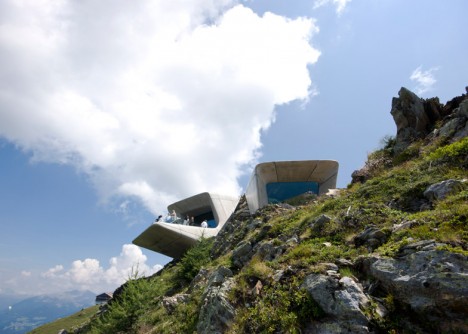
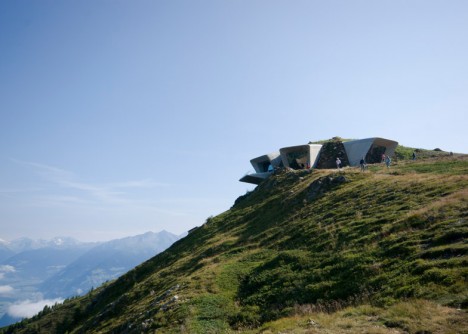
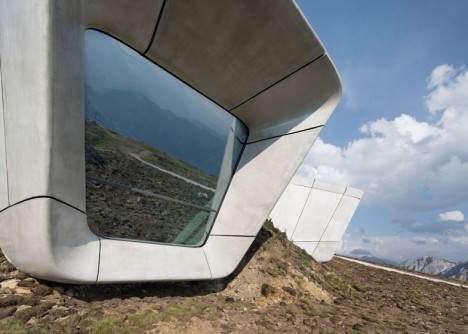

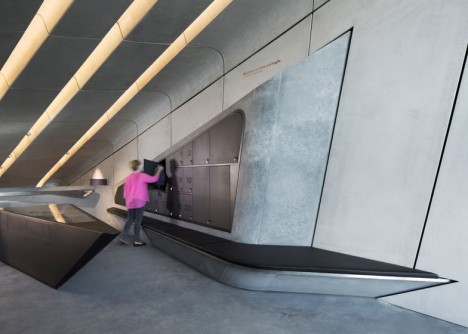
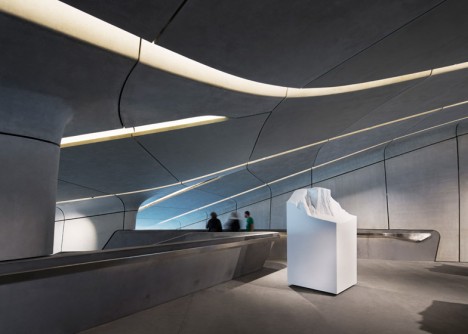

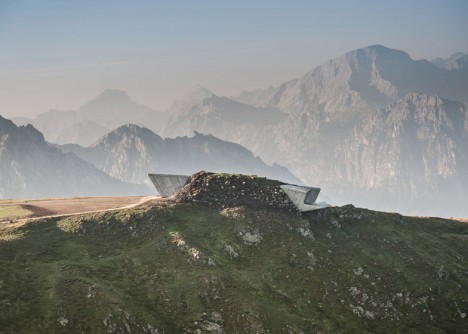
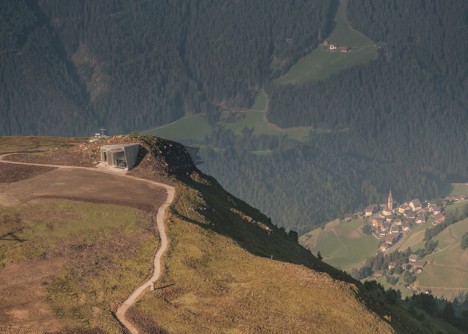
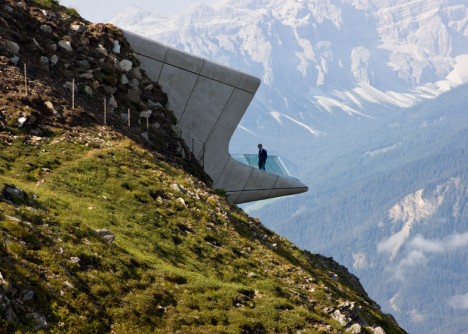
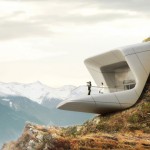
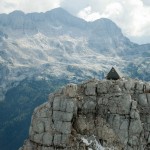
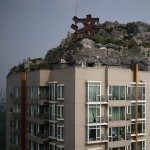




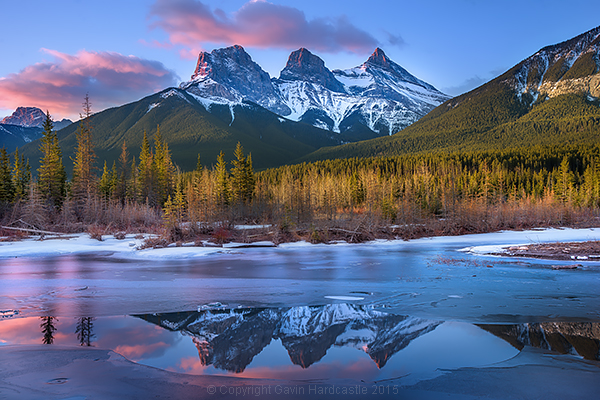
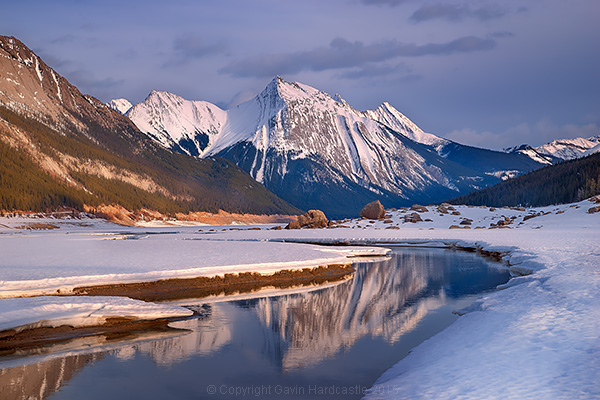
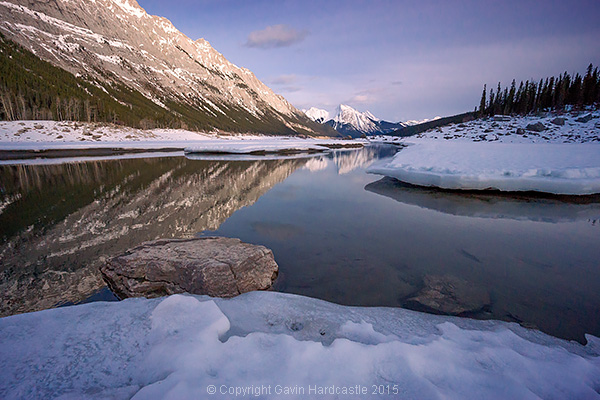
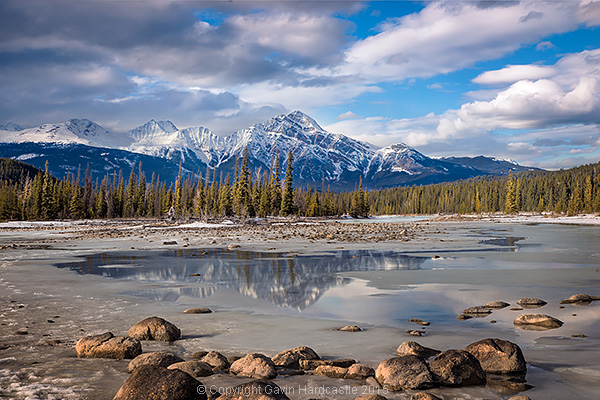
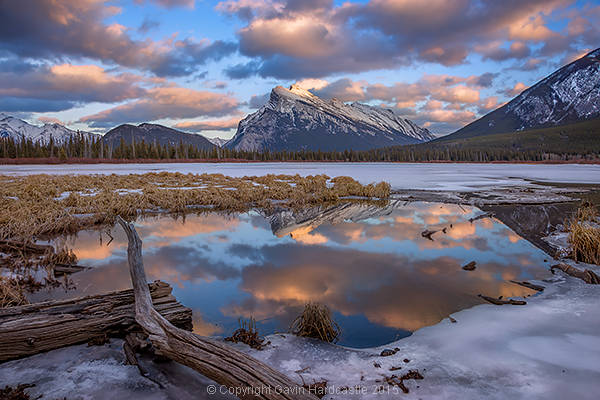
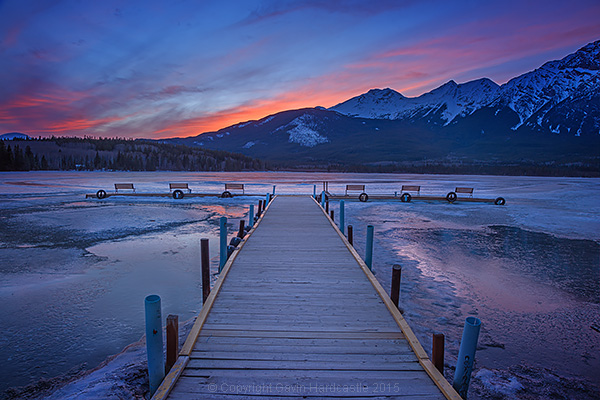
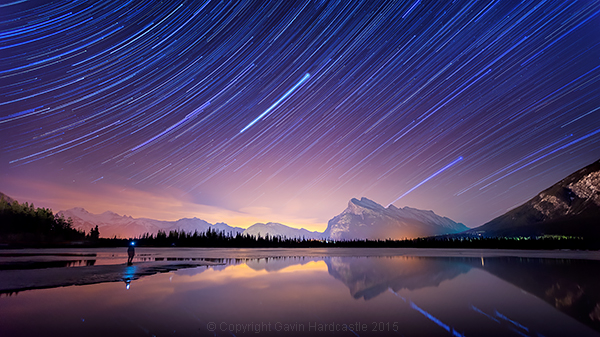
You must be logged in to post a comment.